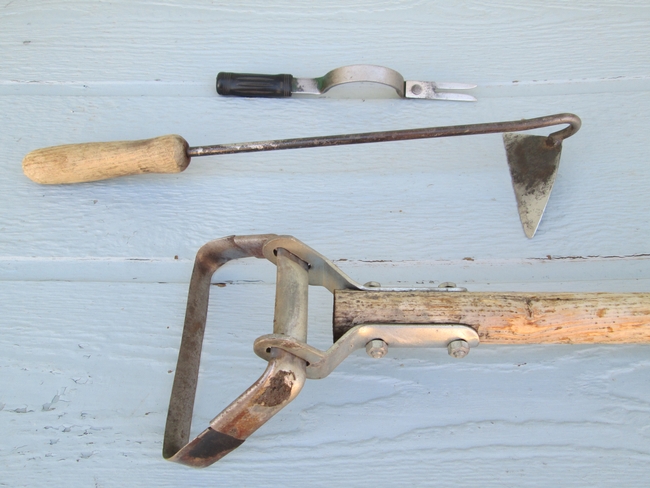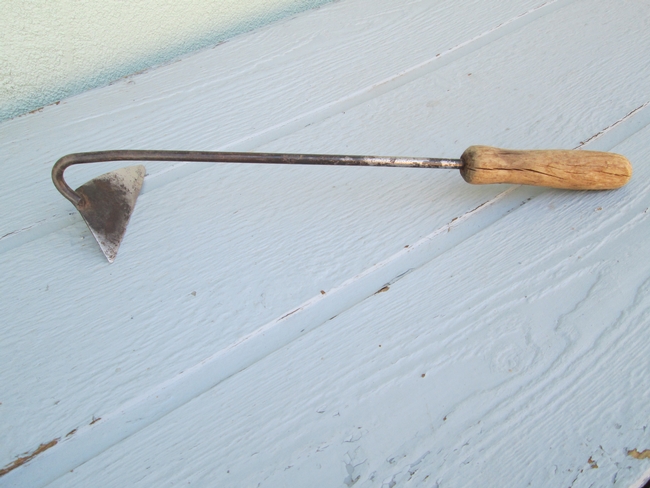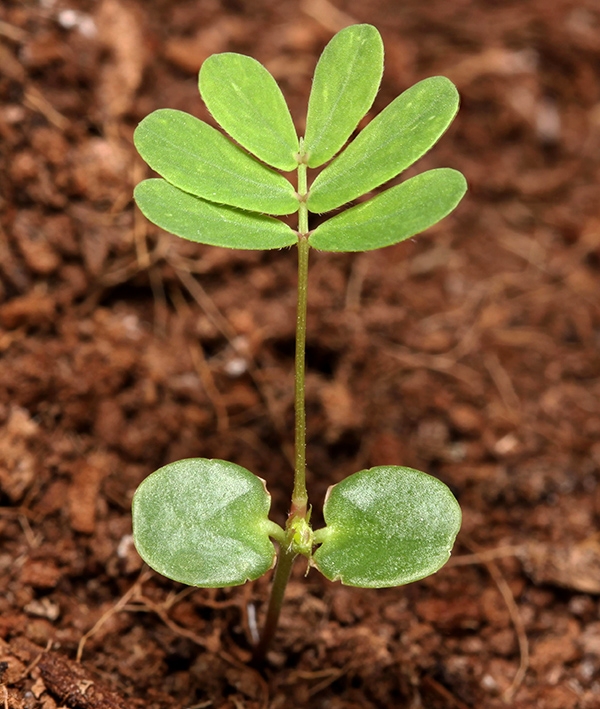Following our many atmospheric rivers this wet winter of 2023, and with the advent of warmer days, weeds are now germinating in record numbers — and with record speed. This is the time to get the hoe out!
Hoes have been used for hundreds of years worldwide, but it surprises me that many local gardeners seldom consider using them.
It is so much easier and faster to stand upright and slice through the base and roots of seedling weeds than it is to kneel or bend over in order to pull or dig out the roots of mature weeds once they have grown. They can also be used around plants to loosen the soil surface where it has formed a pan or to break up compacted soil to prepare it for planting.
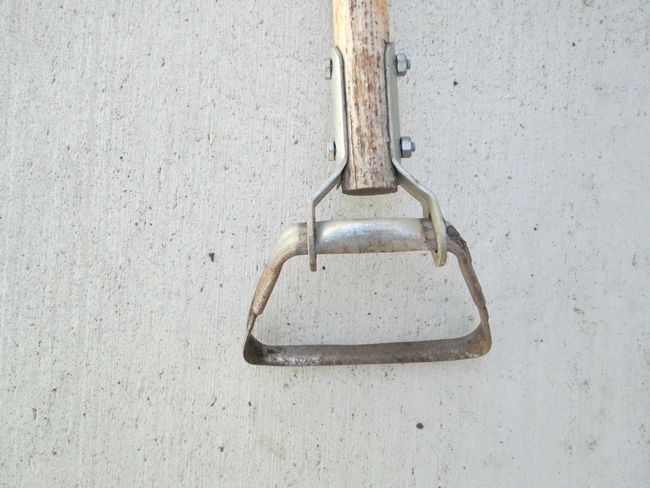
There are numerous types of hoe available, but my favorites are a hula hoe (also known as a stirrup hoe or scuffle hoe) and a Japanese hand hoe. The hula is a long handled hoe which works on the push and the pull strokes to slice through unwanted plants just below ground level. Some have a fixed blade, but I prefer those that have a jointed blade that moves very slightly. It is important to check that the handle is a length that allows comfortable use to lessen back strain.
I also have a Japanese triangle hand hoe with an asymmetrical blade. It is a beautifully balanced tool, and it is great for reaching hard to get-at spots such as around the base of rocks or posts. With practice one can remove a weed growing right out of the base of a wanted plant using the point of the blade. One can also loosen soil by using the blade flat, or prepare a seed drill by using one of the points.
In order to hoe safely and not destroy desirable plants, one needs to be able to identify which seedlings or shoots are unwanted weeds as opposed a cherished plant.
The seed leaves of both weeds and desired plants differ remarkably from the true leaves, so getting to recognize each is vital. One of the benefits of planting vegetables in traditional rows is that you will immediately be able to identify the seed leaves of carrots for example, and know that any other leaf shape in, or beside the row is obviously a weed. With good observation one soon gains enough knowledge to spot a dandelion or clover start, or a carpet of grass seeds that are germinating. Five minutes with a hoe and they are gone forever.
Spotting weeds in beds of ornamental plants is a little more challenging, especially if you garden naturally and encourage flowers to self sow. I am currently full of curiosity about a patch of bright green seedlings that have appeared in a fairly new flower bed. I have hoed out those that are simply too close to other plants, but have left some until I can identify them. I suspect that they are orange milkweed, a plant that I grew for the first time last year. I should be able to tell what they are as soon as the true leaves appear then, if they are worthy of cultivation, I can transplant them into an ideal spot.
I could plant up a good-sized herbaceous border with the many volunteers of different species that have sprung up in my flower beds — catmint, centrathus, larkspur, poppies and columbine — but of course I can't keep them all so I usually dig up and pot on some of the best ones and share them with friends. The rest get hoed.
Keeping weeds from establishing in my decomposed granite paths takes a few minutes once a week using a hula hoe and is a lot more enjoyable than trying to grasp the base of a weed from the surrounding “sand paper” since I find that wearing gloves prevents me from being able to grasp tiny plants.
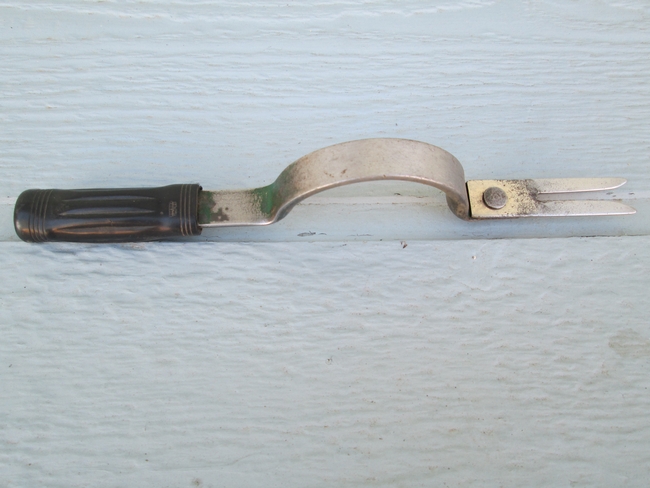
Although you won't kill a bed of established dandelions by hoeing it is possible to weaken them with regular hoeing, and at least prevent them from flowering until you have time to tackle the tap root removal using a hand weeder.
Hoeing with a hula hoe works on bare soil, but not on lawns or the tougher rhizomes of Bermudagrass or on very stony soil or gravel paths but in the right situation it is a gem of a tool!
